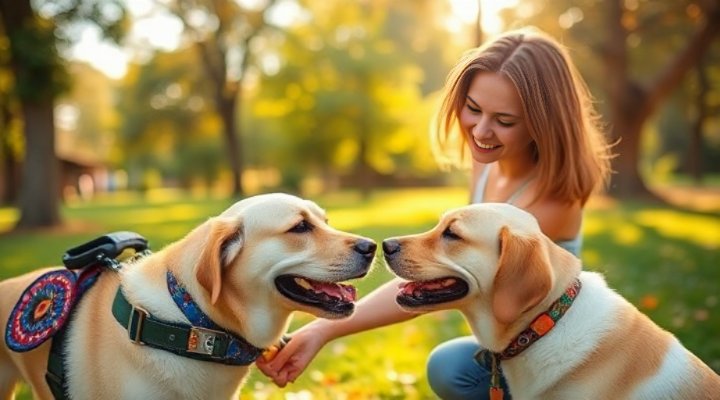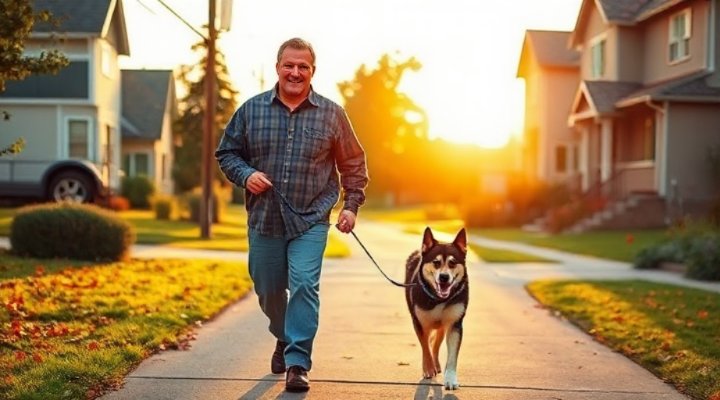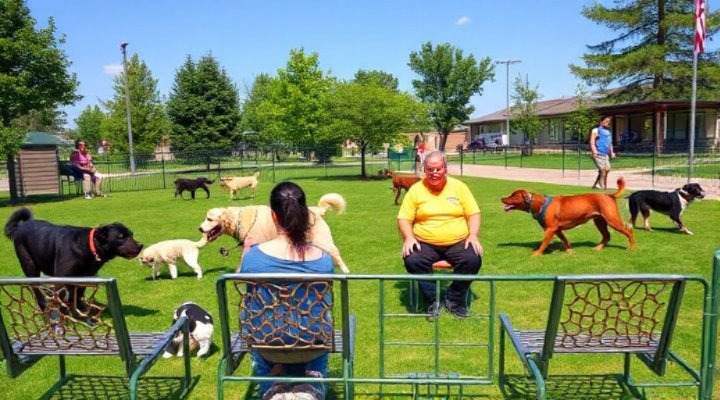Socializing dogs is one of the most important aspects of responsible pet ownership. A well-socialized dog is not only happier and more confident but also safer to be around other animals and people. Whether you have a new puppy or an adult dog, proper socialization can make all the difference in their behavior and quality of life.

Why Socializing Dogs Matters
Socialization helps dogs develop positive associations with new experiences, preventing fear and aggression later in life. According to the American Veterinary Medical Association, early socialization significantly reduces behavioral problems. Dogs that aren’t properly socialized may become fearful or aggressive in unfamiliar situations, making everyday activities like vet visits or walks stressful for both pet and owner.
For puppies, the critical socialization window is between 3 and 14 weeks old. However, older dogs can and should still be socialized – it just might take more patience and consistency. Our guide on dog socialization classes explains how structured environments can help.

How to Socialize Your Dog with People
Start Slowly and Positively
Begin with calm, dog-friendly people in controlled environments. Reward your dog with treats and praise for calm behavior. Gradually introduce more diverse people – different ages, sizes, and appearances. Remember, forced interactions can backfire; let your dog approach at their own pace.
Make Every Introduction Positive
Associate new people with good things like treats or playtime. If your dog seems nervous, don’t push them – try again later from a greater distance. Our article on rescue dog training has great tips for shy dogs.

Socializing Dogs with Other Dogs
Puppy Playdates
Organized puppy classes are ideal as they ensure all participants are vaccinated and supervised. Look for classes that emphasize positive reinforcement. The American Kennel Club recommends structured play sessions with appropriate playmates.
Adult Dog Introductions
For older dogs, introduce one calm, friendly dog at a time in neutral territory. Keep initial meetings short and watch for relaxed body language. If you’re dealing with reactivity, our long lead training guide can help manage interactions.

Common Socialization Challenges
Some dogs may show fear or aggression during socialization attempts. This doesn’t mean they’re ‘bad dogs’ – they likely just need more gradual exposure. Signs of stress include tucked tails, pinned ears, or excessive yawning. If you notice these, remove your dog from the situation and try again later at a lower intensity.
For dogs that bark or lunge, our training guide for jumping dogs offers techniques that can be adapted for socialization challenges.

Maintaining Social Skills
Socialization isn’t a one-time event but an ongoing process. Regular positive experiences will help your dog stay confident. Visit new places, meet new people and dogs, and continue rewarding calm behavior. Even well-socialized dogs can become rusty without practice!
Remember, every dog is unique. Some will naturally be more social than others, and that’s okay. The goal is helping your dog feel comfortable and safe in their world. With patience and consistency, you can help your canine companion develop into a well-adjusted member of your family and community.
Related Keywords: dog socialization techniques, socializing shy dogs, puppy socialization timeline, dog park etiquette, introducing dogs to children

